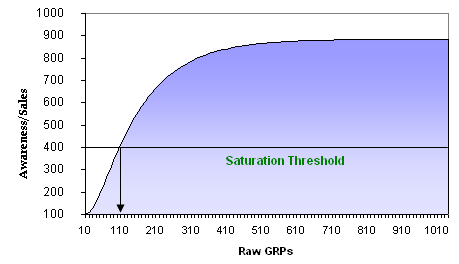The age-old social media question…
“How often should I post to maximize engagement?”
With Instagram continuing to make its way into the mainstream portfolio of every marketer, I’ve seen this question popping up more and more.
The answer for Instagram is the same as it was in the past, when people asked about how many times to post to Facebook and Twitter.
Finding the optimal post frequency and maximizing engagement has always come down to one simple behavior: Test. Test. Test.
And when you’ve had enough of testing, test again.
Why Conventional Advice Is Bad
Any time this question is asked in, say, a Facebook group of marketers, people immediately start answering with anecdotal experiences.
“We started posting less than usual and our engagement went up!”
“The general advice is 3-5 times a day and we’ve had success with that.”
Here’s the thing…
Do you think Coca Cola cares about how engaged Tesla’s audience is on social media?
Can the tactics Tesla uses undoubtedly be copied into Coca Cola’s marketing strategy with the same expected results?
Of course the answer is no.
The point is there’s no reason to unquestionably adopt the tactics of someone in the travel blogging niche if you’re operating in the wedding photography niche. The audience you’re marketing to is exceptionally different.
It doesn’t matter what another person’s experience is, unless their audience is nearly identical to your audience.
And even then the advice isn’t terribly reliable, because who knows if their analysis was carried out correctly?
Some people post 3x a day and their engagement skyrockets.
Someone else posts 5x a day and sees higher engagement.
That doesn’t mean the people posting 3x a day should suddenly up it to 5x a day, simply because another page experienced the engagement boost.
You’re not comparing apples to apples if that’s your approach, and so, inevitably, your results can’t be expected to mirror the results of someone else.
Back to the Original Question…
While a social media post isn’t necessarily a conventional advertisement per se, we can have confidence that there are diminishing returns past a certain threshold as you increase the number of social media posts.
Traditionally, this is called advertising saturation.
It’s this notion that when you increase exposure to an ad, demand for the product increases. But at a certain point, the linear increase in exposure to the advertisement doesn’t result in an equally linear increase in demand.
Eventually, if exposure to the ad reaches far beyond the point of over-saturation, you might even see a decrease in demand.
We’ve all experienced this — a brand will run a TV commercial or radio spot with such frequency that it starts to become annoying and alienates us rather than increasing our demand for what’s being advertised.
Finding Your Instagram Sweet Spot
With the concept of advertising saturation in mind, we need to determine where engagement plateaus in relation to Instagram posting frequency.
Reminder that this can’t be determined by someone else, because their audience isn’t your audience and their numbers aren’t a reasonable benchmark.
So how do we find that engagement plateau?
- First, establish internal benchmarks. What level of engagement will you and anyone you report to be happy with? In your minds, decide what you consider a successful level of engagement.
- Second, consider using a tool like Unmetric, which will allow you to track Instagram engagement over time. You could theoretically keep track of engagement per post by hand, but that’s a little time-consuming.
Once you’ve decided on a method of tracking engagement, the fun begins.
- Post 2x a day for a month. Track your results per post.
- The next month, post 3x a day. Track your results per post and make note of the month-over-month trend.
Is your engagement slowing down or declining when you post 3x a day vs. 2x a day? If the trend is still significantly increasing…
- The next month, post 4x a day. Track your results and compare to the previous data.
Keep the tests going until you start to see your trend line level off.
Bam! There’s your answer.




Speak Your Mind